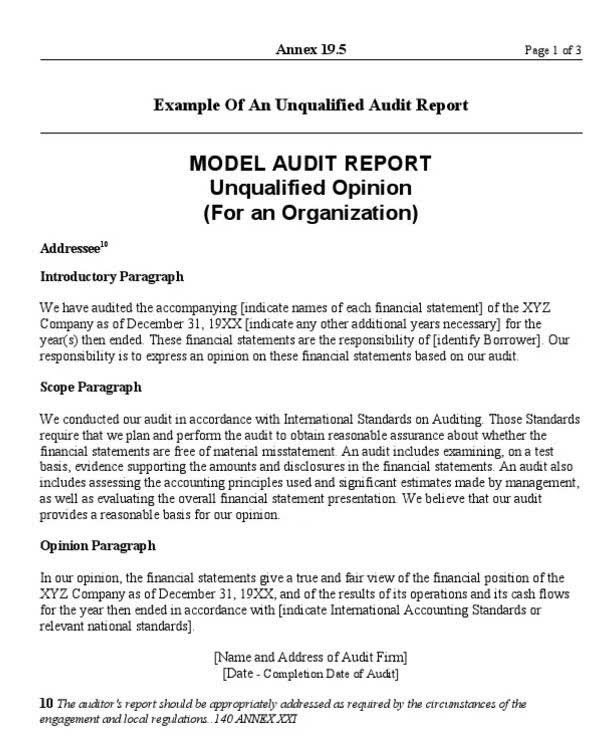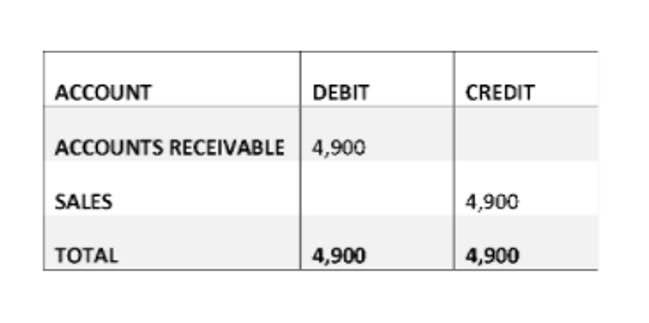03 May Closing Entries as Part of the Accounting Cycle

Closing entries are journal entries you make at the end of an accounting cycle that movie temporary account balances to permanent entries on your company’s balance sheet. A term often used for closing entries is “reconciling” the company’s accounts. Accountants perform closing entries to return the revenue, expense, and drawing temporary account balances to zero in preparation for the new accounting Bookkeeping for Chiropractors period. We see from the adjusted trial balance that our revenue accounts have a credit balance. To make them zero we want to decrease the balance or do the opposite.
- To further clarify this concept, balances are closed to assure all revenues and expenses are recorded in the proper period and then start over the following period.
- The income summary account serves as a temporary account used only during the closing process.
- However, for a sole proprietorship and partnership, the income and expense summary account is closed to the owner’s or partner’s capital accounts.
- Just like in step 1, we will use Income Summary as the offset account but this time we will debit income summary.
- Printing Plus has a $4,665 credit balance in its Income Summary account before closing, so it will debit Income Summary and credit Retained Earnings.
How Highradius Can Help You Streamline Your Accounting Management
Chartered accountant Michael Brown is the founder and CEO of Double Entry Bookkeeping. He has worked as an accountant and consultant for more than 25 years and has built financial models for all types of industries. He has been the CFO or controller of both small and medium sized companies and has run closing entries small businesses of his own. He has been a manager and an auditor with Deloitte, a big 4 accountancy firm, and holds a degree from Loughborough University. My Accounting Course is a world-class educational resource developed by experts to simplify accounting, finance, & investment analysis topics, so students and professionals can learn and propel their careers. Then, just pick the specific date and year you want the closing process to take place, and you’re done!
Why You Can Trust Finance Strategists
However, your business is also free to handle closing entries monthly, quarterly, or every six months. In essence, we are updating the capital balance and resetting all temporary account balances. However, some corporations use a temporary clearing account for dividends declared (let’s use “Dividends”).

How confident are you in your long term financial plan?
- Then, head over to our guide on journalizing transactions, with definitions and examples for business.
- After all income statement accounts are closed to the income and expense summary account, the latter’s balance will determine whether there is net income or net loss.
- The closing entries are dated in the journal as of the last day of the accounting period.
- For the past 52 years, Harold Averkamp (CPA, MBA) hasworked as an accounting supervisor, manager, consultant, university instructor, and innovator in teaching accounting online.
- For corporations, Income Summary is closed entirely to “Retained Earnings”.
This means you are preparing all steps in the accounting cycle by hand. In this chapter, we complete the final steps (steps 8 and 9) of the accounting cycle, the closing process. This is an optional step in the online bookkeeping accounting cycle that you will learn about in future courses. Steps 1 through 4 were covered in Analyzing and Recording Transactions and Steps 5 through 7 were covered in The Adjustment Process. As an another example, you should shift any balance in the dividends paid account to the retained earnings account, which reduces the balance in the retained earnings account. Any remaining balances will now be transferred and a post-closing trial balance will be reviewed.
- Companies are required to close their books at the end of eachfiscal year so that they can prepare their annual financialstatements and tax returns.
- Temporary accounts include all revenue and expense accounts, and also withdrawal accounts of owner/s in the case of sole proprietorships and partnerships (dividends for corporations).
- Notice that the balances in the expense accounts are now zero and are ready to accumulate expenses in the next period.
- The entries take place “behind the scenes,” often with no income summary account showing in the chart of accounts or other transaction records.
- We will debit the revenue accounts and credit the Income Summary account.

However, for a sole proprietorship and partnership, the income and expense summary account is closed to the owner’s or partner’s capital accounts. Once all temporary accounts are closed to the income and expense summary account, the balance of the latter will ultimately be closed to the relevant equity accounts. Temporary accounts are used to measure income and determine the results of operations during a given period. They would have already served their purpose at the end of that period which is the reason why they are closed and their balances are reduced to zero. At the start of a new accounting period, new temporary accounts will be used to measure the company’s financial performance for the period. The income summary account is an intermediary between revenues and expenses, and the Retained Earnings account.



Sorry, the comment form is closed at this time.